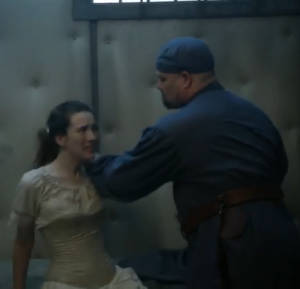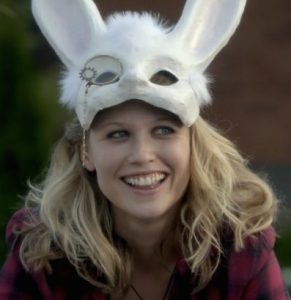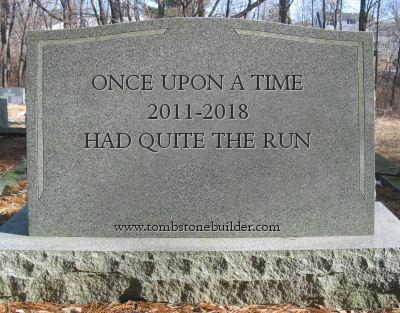
After stretching on for seven years, 155 episodes, and roughly 9% of our database entries, Once Upon A Time finally bade viewers farewell this year. Jennifer Morrison, who plays Emma Swan, jumped ship at the end of season six,though not before marrying longtime-lover Captain Hook and giving CaptainSwan fans some closure. Without Emma as the main character, OUAT screenwriters had to restructure the show. The solution? Age up Emma’s son, Henry, and send him on adventures of his own. Writers branded this new season as a requel: half reboot, half sequel. Aside from a few Frog Prince characters, all characters new to the show are new interpretations of minor characters we’ve already seen in previous seasons: Hansel and Gretel, Rapunzel, Alice, and Cinderella. Since its beginning, one of OUAT’s major themes has been duality. The show followed a flashback format with each episode sporting a dual plot line. Most characters are amnesiac doubles of fairy tale figures. Jekyll and Hyde featured in the sixth season, prompting Evil Queen Regina to split herself into an evil half and good half. The most prominent example of duality in the series is the Wish Realm, a wish-created version of the Enchanted Forest where the Dark Curse that set off the events of the series was never cast. Both the Wish Realm and reboots of past characters are utilized in this requel to emphasize OUAT’s focus on duality. Some duplicates of characters past help tie up loose threads left by previous seasons, but others are troubling to watch.
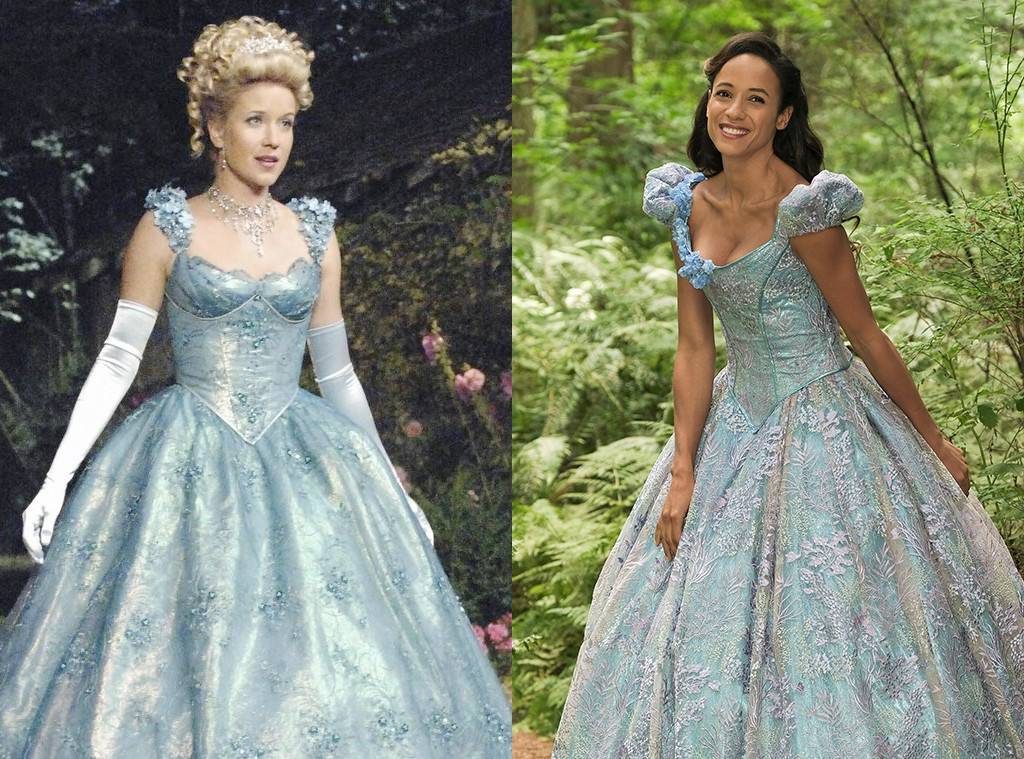
The old Cinderella, Ashley Boyd, was a minor character who showed up in four of the first 136 episodes. She seemed set up to become a major character. She first appeared in the fourth episode in season one, rather early for a guest star when the main cast was still being established. Before OUAT’s Snow White overwhelmed our data, Cinderella was the most popularly adapted tale type in TV. Fans often cried out for more of Ashley, but she was never made central to the plot. The new Cinderella, Jacinda, stars as Henry’s wife, a much more major role for TV’s favorite princess.
Jacinda’s roommate, Sabine, is the alter ego of Tiana, princess of The Frog Prince. Tiana is the only Official Disney Princess (aside from the problematically real Pocahontas) who never appeared in the previous six seasons. Including her shows that OUAT was still interested in exploring new frontiers, to an extent, and not just rehashing old material.
Jacinda’s daughter, Lucy, functions as a genderswapped version of young Henry, as predicted in a previous post. Like Henry, she’s the first believer in a community of amnesiacs, the center of a custody battle featuring an evil stepmother, and spends time in a magically induced coma.
This January, we focused our annual Unbirthday Tea Party on the evolution of Alice adaptations’ treatment of madness. This second Alice has more to do with madness than her predecessor. While the first Alice was imprisoned in an asylum during the first episode of the spinoff, madness wasn’t a feature in the rest of the episodes. This Alice is a young homeless woman who is thought to be mentally ill because she retains blurry memories of the world before the curse. Her dialogue in episode four of the season also cleverly incorporates lines from the Jefferson Airplane song White Rabbit, which has influenced OUAT’s portrayal of Alice characters before.
Old Alice (left) and New Alice (right)
Though the new Alice helps expand OUAT’s take on madness, her very existence is problematic. First off, her presence overwrites the original Alice, who had an entire spin-off to herself, making her a much more major character than four-episode Ashley. Then there’s Alice’s troubling parentage. If there’s a plot device even more central to OUAT’s than amnesia, it’s messy families. Alice is the result of a one-night-stand between Mother Gothel and Captain Hook. No, not the Captain Hook who’s married to Emma. His Wish Realm double, who’s cheekily dubbed Nook (New Hook). Nook keeps Hook actor Colin O’Donoghue on screen when Hook has to be back in Storybrooke with Emma. It’s nice to see a familiar face, but the tradeoff isn’t worth it. We know he’s not the same Hook, and that CaptainSwan are living happily ever after in Storybrooke, but seeing him alone– or worse, having a one-night stand–makes it feel as if our ship has sunk.
While CaptainSwan are marooned off-screen, fans’ beloved Rumbelle get some bittersweet closure. After traveling the universe with their son, Gideon, Belle and Rumpelstiltskin settle down and build a house together in an age progression montage filled with shoutouts to Pixar’s Up. And like Ellie in Up, Belle dies, leaving Rumpelstiltskin alone. Previously, we’ve known him as a trickster and dealmaker who’s quite power-hungry and nasty, even when he’s not supposed to be a villain at the moment. His goal has always been preserving his own power and immortality, but with his beloved dead, his goal is to find someone to kill him so he can be with Belle again.
Meanwhile, Regina’s old crimes catch up with her again. When the Wish Realm was introduced in season six, Regina believed that because it was created by a wish, it would cease to exist as soon as she and Emma, the wish-maker, were out of it. In a ploy to convince Emma of this, she rips out the hearts of Emma’s parents and crushes them. When Emma expresses concern over her slaughtered parents, Regina tells her, “Oh, they’re not real. I didn’t actually kill anyone.”
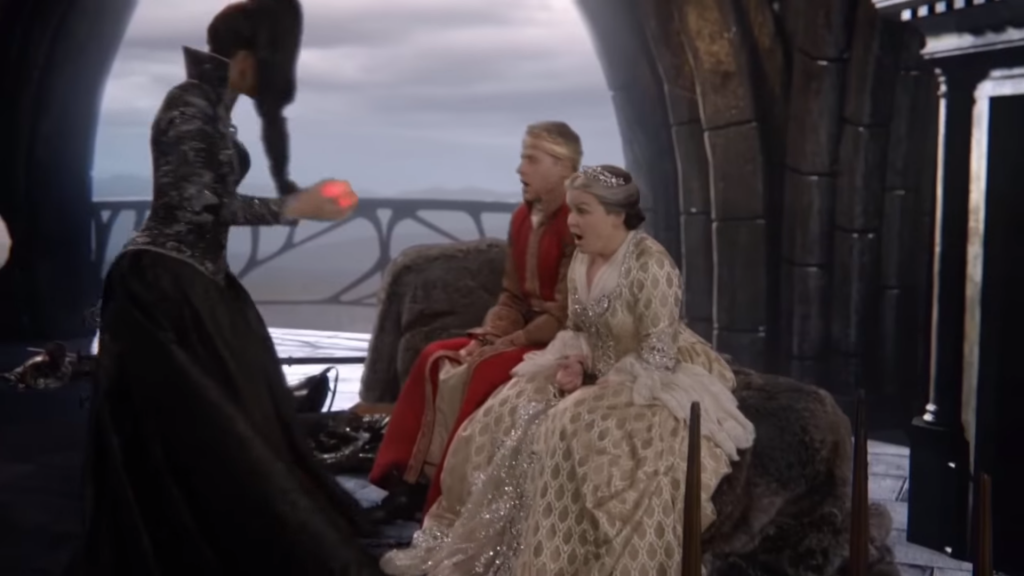
When she removed Emma from the realm, the Wish version of Henry lost both his mother and grandparents in a single blow. Also, he’s stuck ruling a kingdom at age fourteen. The writers abandon poor Henry in the Wish Realm. Even after Regina sends her Evil Queen doppleganger there, proving it did not cease to exist, she never addresses the fact that she slaughtered a real boy’s grandparents in cold blood. As a viewer, I found this terribly sidetracking as well as just terribly terrible. Fortunately, this is addressed in the requel.
After vanquishing all the new villains the seventh season has to offer, including new versions of Cinderella’s stepmother and Hansel, writers call back Wish Henry for the series finale. He’s been orphaned, he’s been abandoned, and now he’s out for blood. Regina is forced to fight her own son, echoing parent-child conflicts from previous seasons (Rumpelstiltskin against his father, Peter Pan, and Gideon against Rumpelstiltskin). Ultimately, as shown by six previous seasons, love conquers darkness and light wins. Henry’s heart is turned to mercy, Rumpelstiltskin sacrifices himself saving the others and reunites with Belle, and fans get one last glimpse of Emma, Hook, and newborn daughter Hope.
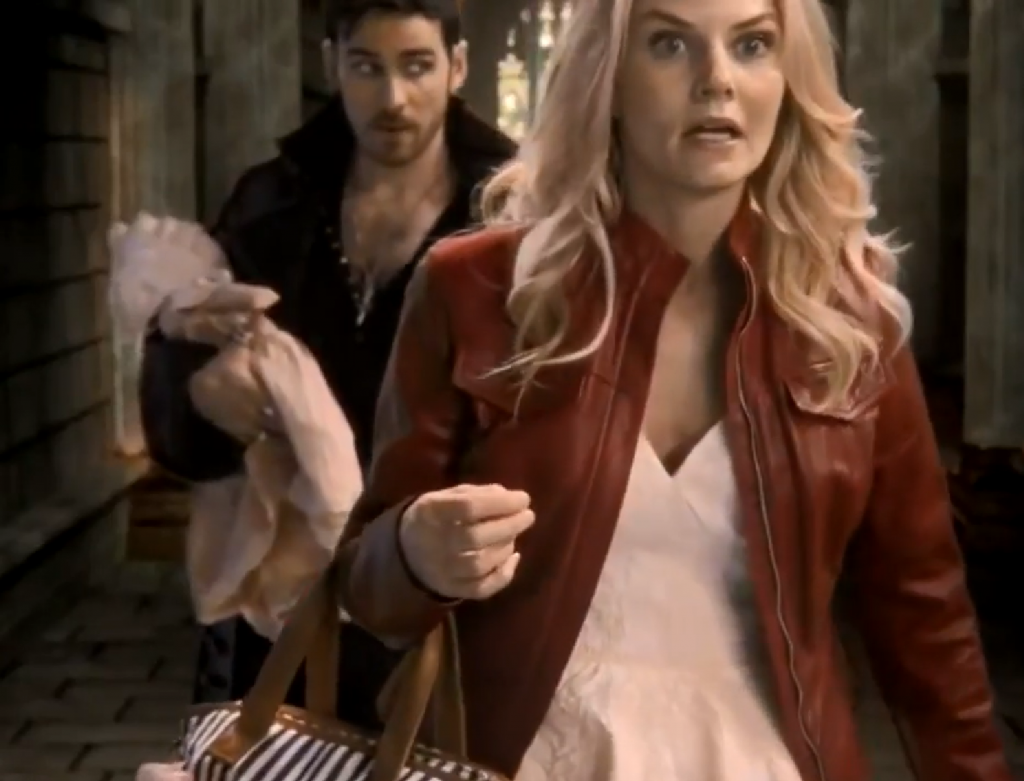
The requel functions as an extended epilogue to the show that reigned as queen of all televised fairy tale adaptations. It marooned fans’ beloved CaptainSwan for most of the season, killed Belle, and rehashed old tales rather than incorporate any of the hundreds of other tale types in our database. Duality kills an opportunity for diversity. And as our story closes, season seven carried on old themes of family, love, good and evil, and duplicity, and tied up loose ends before bidding a happily ever after to both new characters and those fans have been following for seven seasons.
